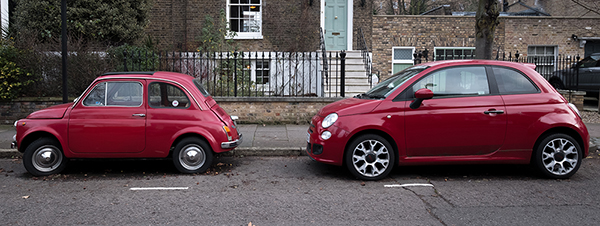Cars Today Last Longer Than Before
The average age of trucks and cars on American roads reached a record high of 11.8 years in 2018. There are several reasons why vehicles are lasting longer than ever before. Engine components are more resilient, loan terms incentivize long-term ownership, and safety features are better than ever.

All of that information is good news for owners. It is also terrible for the interior of the vehicles that are on the road today.
If you step into the average car that is more than a decade old, you’ll find cracks in the leather, if they have this type of seating. Upholstery has an innate ability to collect stains. The electronics also become outdated as trends and technologies change.
Over 80 Million Vehicles Turn 16 or Older in 2023
There were 35 million vehicles operating in the United States in 2002 that were at least 16 years old. That figure could reach as high as 84 million in 2023, which would reflect a 240% increase in that number.
Aging vehicles can prevent several significant challenges on the road. It can also create problems for automakers who get the reputation of building an interior that can’t hold up to the wear-and-tear of long-term driving.
When you consider the number of people who drive for Uber or Lyft as a way to make extra money, high-volume passenger traffic could quickly degrade the value of the vehicle from the inside-out.
That’s why today’s auto engineers are taking a new look at interiors. The goal is to have them last in top condition for a minimum of 15 years instead of the current standard of 10 years.
What Will This Mean for Car Interiors?
Engineers will equip more synthetic materials to vehicle interiors to ensure they can last longer. Leather and other natural items tend to wear out a lot faster. New technologies, including product coatings, are under development that will work to make human-made products feel more like the real thing so that the driving experience doesn’t change.
Advanced plastic materials that can mimic the look and feel of wood will also become popular in the future. The goal is to use the most durable items possible without reducing the aesthetic appeal of the car.
There are specific efforts to reduce fabric soiling and material scuffing with today’s interior upgrade efforts since those are the two most-cited problems.
Then we need to start thinking about ways to upgrade the electronics in older vehicles. Tesla takes the lead in this final area. They can make wireless improvements to their safety systems and touchscreens, which is the one feature that gives the manufacturer a competitive advantage. It requires connectivity technology that the traditional automakers have been reluctant to pursue because it adds even more to the cost of producing a car.
Cars can age gracefully under the right set of conditions. Interior improvements, extra processing power, and other upgradability options can help drivers unlock the full potential of their investment. It might be a different focus for the industry in the past, but this shift in thinking will add more value to each transaction.
